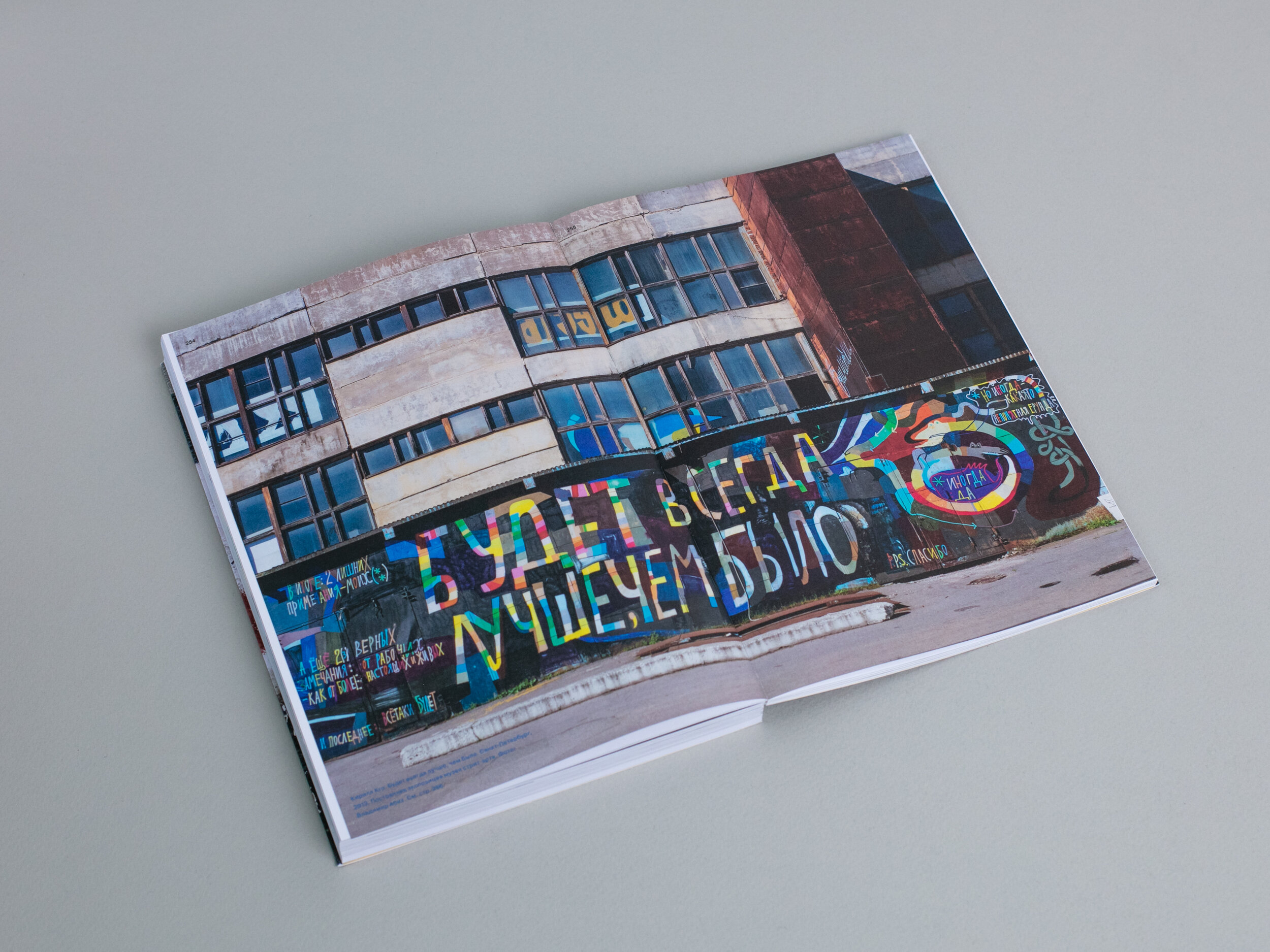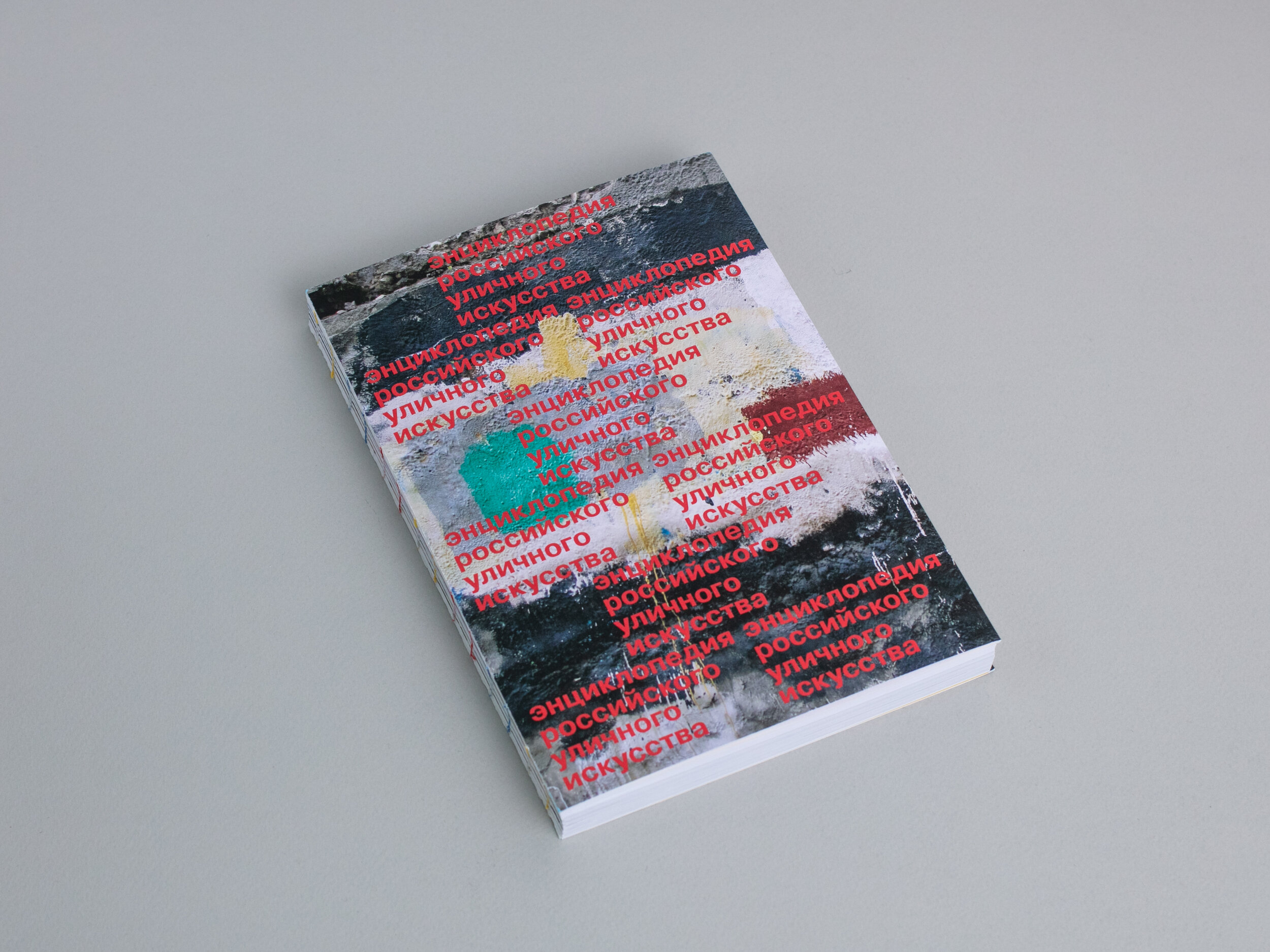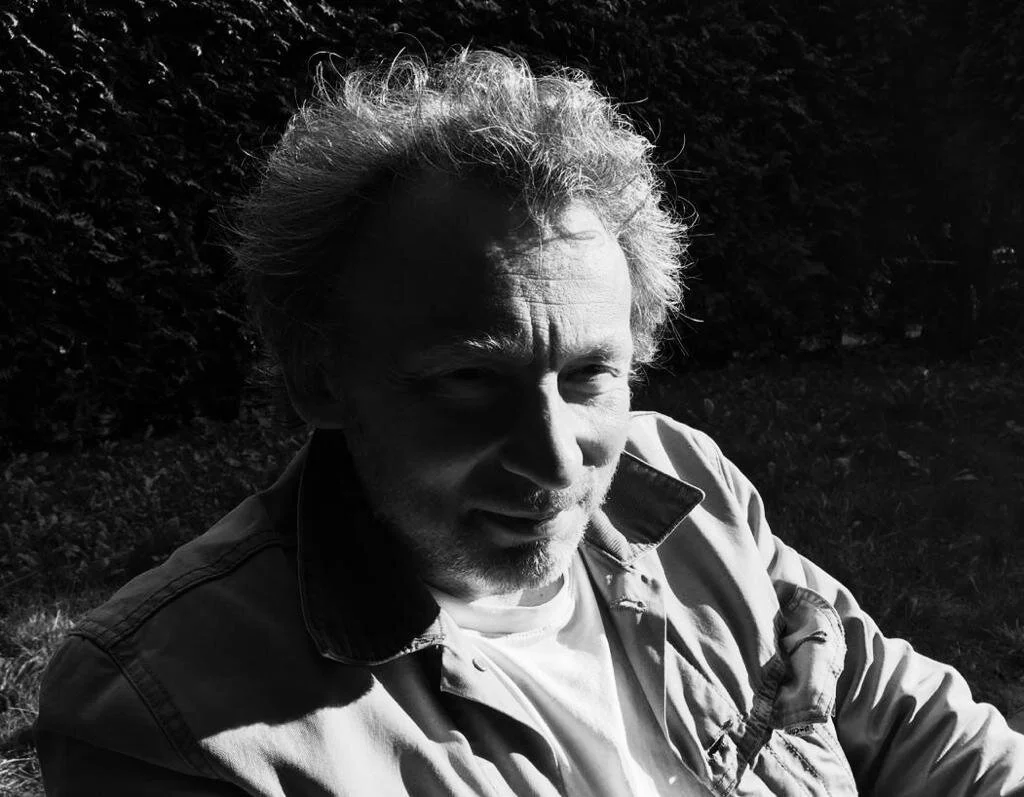Sabina & Julia, founders of Artmossphere
In May 2014, ARTMOSSPHERE was registered as a Creative Union supporting the development of Street Art in Russia : the one and only. Since then, they created the first and still unique Street Art Biennale in the world.
For several years, Artmossphere also co-organised with Ruarts Foundation the first auction dedicated to Street Art in Russia. Up to now, they concentrate most expertise and projects in this specific field of art.
But their story began much earlier, when the word "Street Art" was not even spoken in Russia. In 2008, Sabina Chagina opened the “Street Kit” gallery. Then, in 2013, the City of Moscow Government identified her as the only bearer of a street artists database. Then the international project “The Best City of the Earth” got off the ground, and Julia Vasilenko and Sabina met.
Your last project cannot be missed - a large panoramic wall at the St. Petersburg’s Main Train Station in collaboration with street artist Dmitry Aske. Are you actively working with the Government ?
Sabina: It's not like we are cooperating with the State. Our Biennale Artmossphere was indeed initially supported by the City of Moscow’s Department of Culture, but the two following ones were independently funded. We only select and carry out projects that we are interested in. Although we understand that if we do not do the governmental projects, then someone else will. And our task is to instill a certain taste, influence with it and protect our community of Street Artists.
Julia: During the first strategic workshop of our small team, we formulated that one of our main goals is the building of a community. It comes with educating the taste of the public and with the responsibility to offer educational activities.
Fresco by Dmitry Aske at St Petersburg train station
If we come back to the beginning, how did you two get into art? Why street art?
Sabina: It's too much to say that we are into art. Street Art is still an outsider, even though it is changing : representatives of the art community now often speculate with it and exhibit street artists like other “regular” painters. Street Art does not need curators nor galleries, which puts it beyond most rules and canons. Up until now, there was not a single serious museum exhibition of Street Art, except one in Los Angeles. Some artists hide that they are street artists, because their rating will decrease immediately with the “street” prefix. But there is no other community on such a large scale on the art scene.
Julia: The Street Art community really do not want to engage into the servitude induced by the art market. They want to remain free.
Sabina: Which is a paradox, because Street Art today is almost the only branch of the art world that keeps developing a visual approach, a craftsmanship approach.
How did you two start working together?
Sabina: In 2006, my husband - Dj Chagin - and I were invited to the opening of the Winzavod Contemporary Art Center. A big Graffiti Jam was planned so various street artists were invited. I was shocked by how numerous and different they were. Then I went to Barcelona and saw how it was organized there. I was very inspired to see that in addition to the painted walls, many artists already produced canvases, sculptures, objects, and even some music. I was struck by how multifaceted they can be. This is how I decided to go in that direction. In 2008, I opened “Street Kit”, a Street Art only gallery, with no commercial purpose. It was not thoroughly planned but came out of a desire to discover and get acquainted with the Street Art community. I began by opening a website on which I gathered a database of street artists.
My first personal investment was to invite the Argentinian street artist Pablo Harimbat to Moscow. It was a challenge to make an international cooperation, but I understood that in order to develop the local community, it was necessary to go beyond its territory.
It was not in vain, because when in 2013 S. Sobianin, new Mayor of Moscow, decided to plan a Street Art Festival, he came to me. When offered such a large-scale project, I was scared of course but it was a huge opportunity as well. For the Festival, it was requested to draw 150 facades in 3 months. Coming out of the meeting, I told the city administration, who offered me this project: “To do it, I definitely need a powerful producer.”
At this time Julia was part of the Faces & Laces festival team. We met and that was it. Julia is not just another producer: her education as an art history teacher makes her very good at interacting with artists.
Julia: We had such a decisive meeting, both creative and organized. So, we started working as a duo. Before that, I had a huge experience as producer, but the content that I produced was not interesting at all. After this meeting, we realized that we wanted to create something big together : ARTMOSSPHERE was brewing. It is amazing to see that we formulated our purpose then and that it is still relevant now. Today we have become so close that we are more than partners. Mostly because our activity is more social than business.
What was the output of the Festival “The Best City of the Earth” ?
In 2013, after the project “The Best City of the Earth” was done, we had 150 facades but no website and a community craving for support. The festival was a very powerful push for the community because for the first time someone said that not only artists should be paid but they should also be free to create. Thanks to the City of Moscow reach, the Festival drew the public attention on Street Art and on the artists, who realized that they were interesting and began focusing on their own development. For example, for Dima Aske, now very well known, it was his first facade ever. Before, he just painted occasionally and earned his living otherwise. Now, he is an artist who makes money exclusively from his art and can afford a 6-months preparation for a personal exhibition.
After this first step, we had to do more.
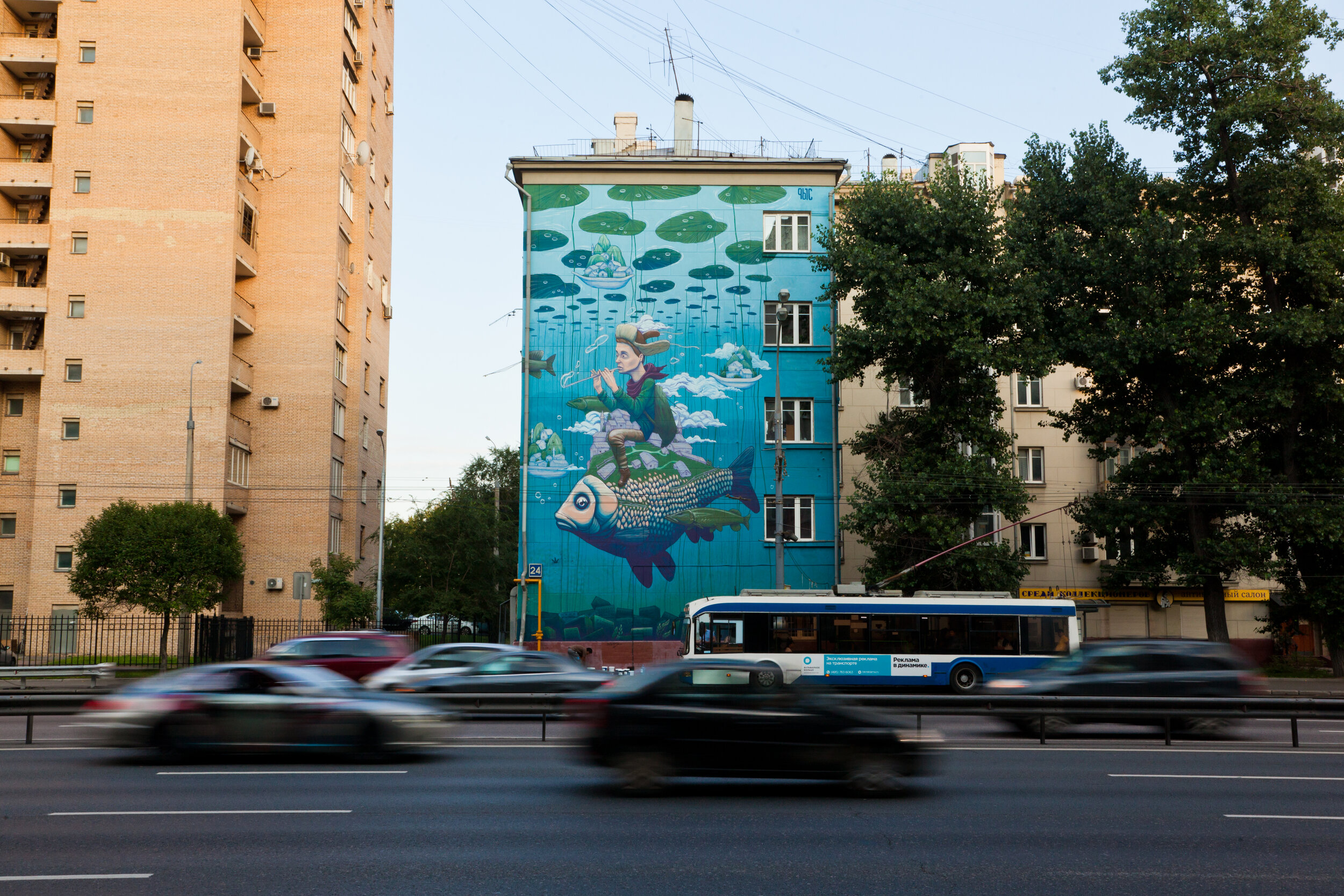
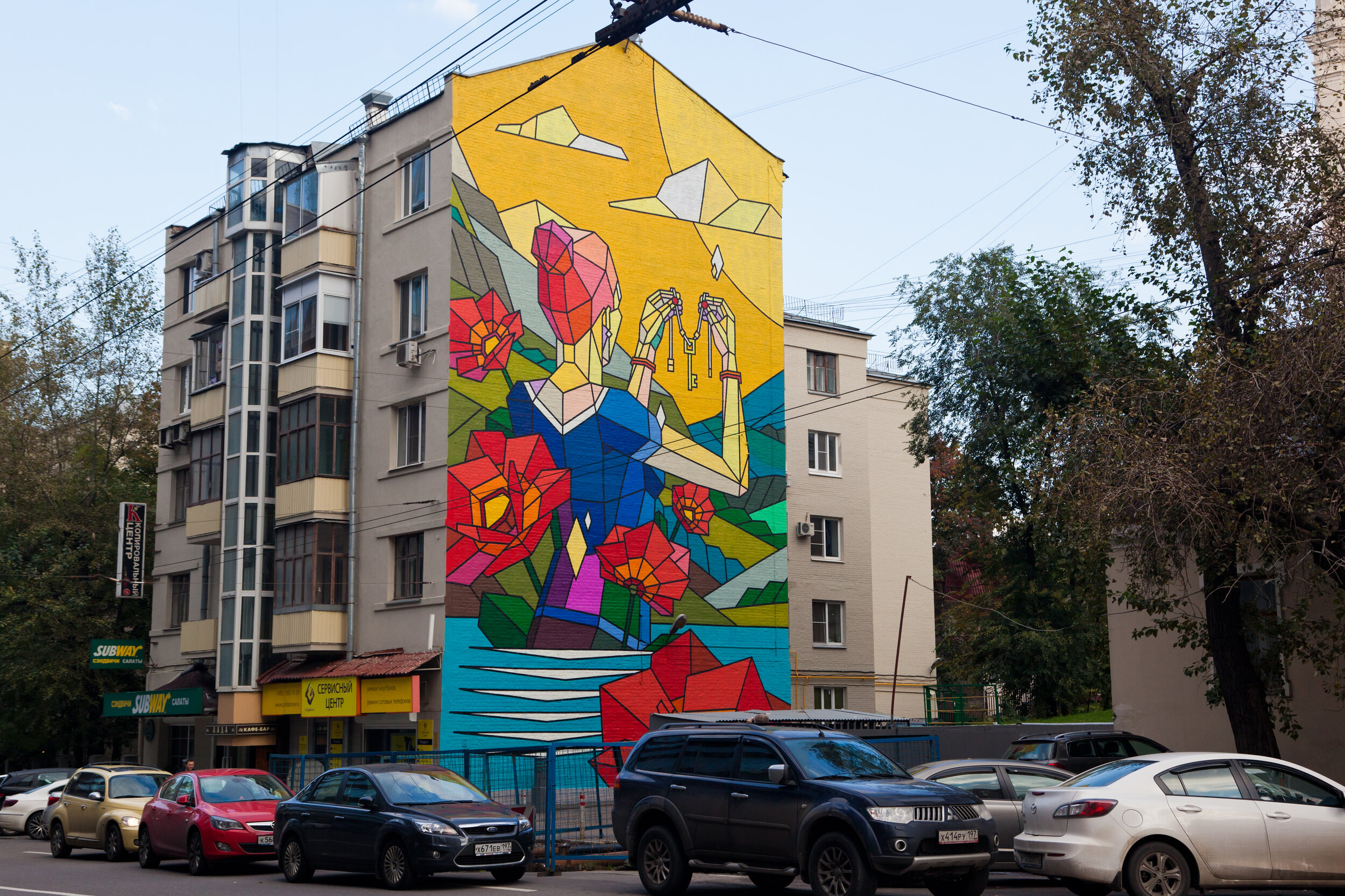
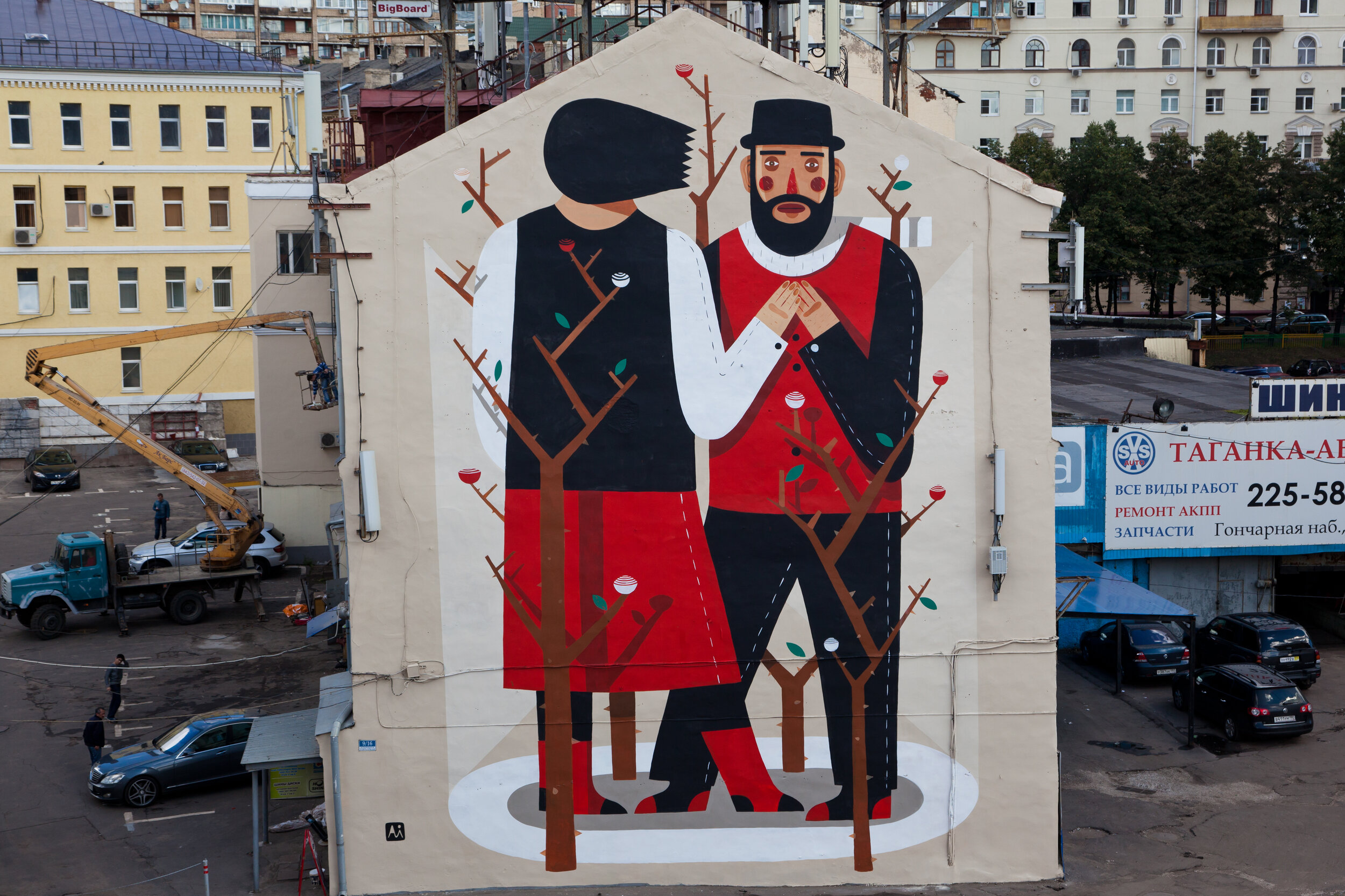
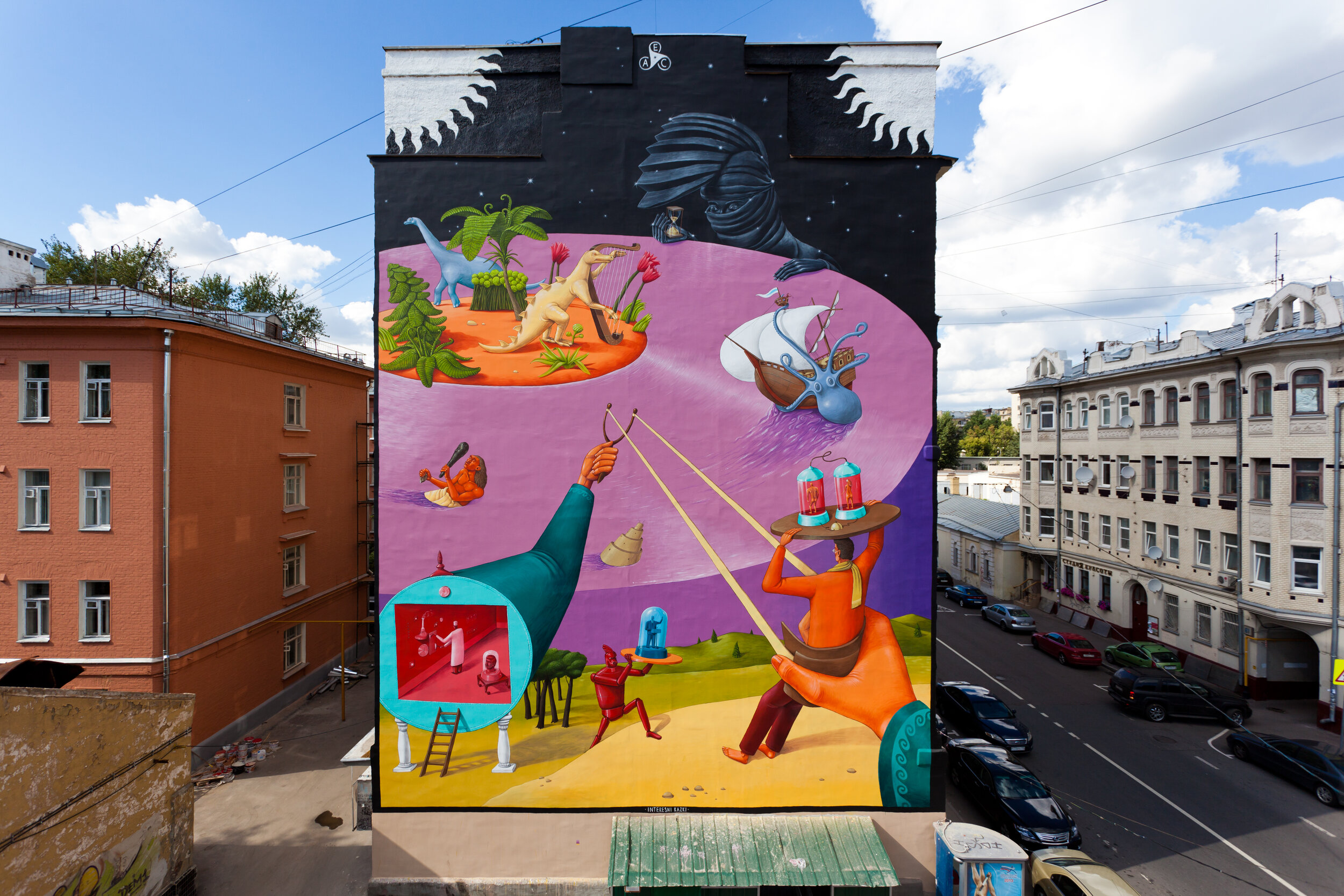
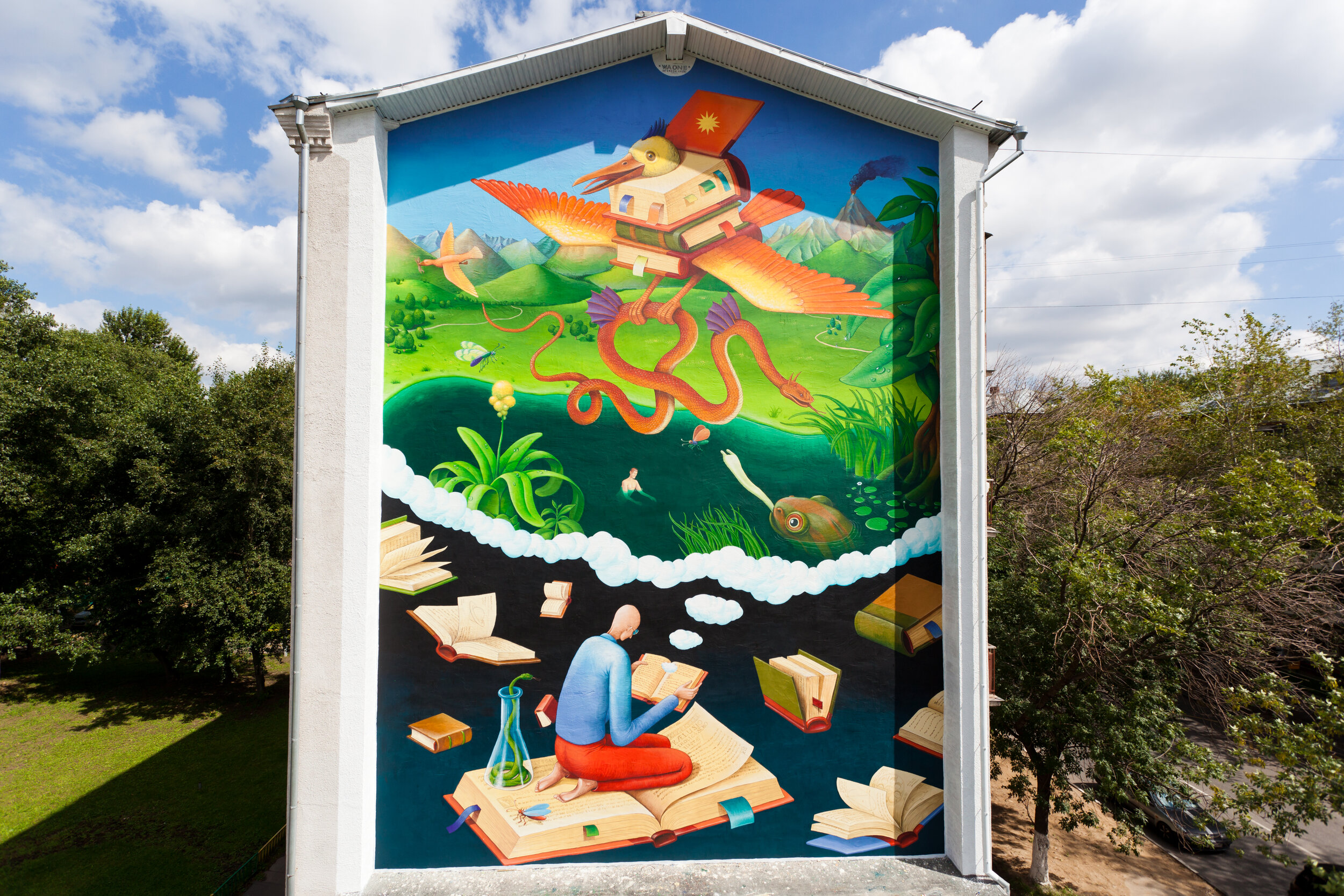
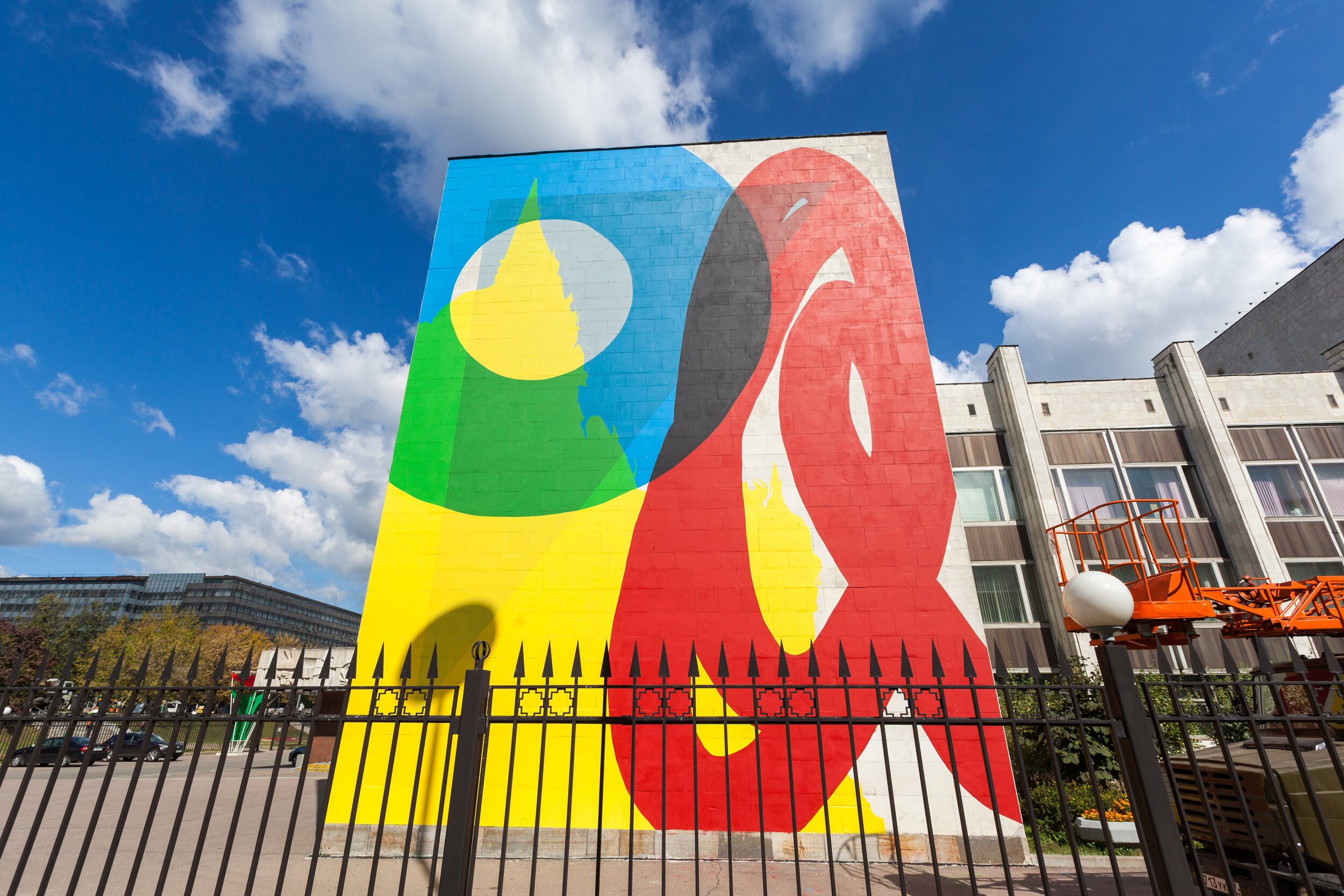
What are your main goals?
First of all - community development. Second, education. Because not every street artwork is Graffiti. To do so, we realized that there needed to be a platform for Russian and foreign artists to share. After “The Best City of the Earth” festival, we understood that we should not do another wall painting event. Sitting at the kitchen table, we decided to go for a Biennale that would not just be an exhibition but an opportunity for international artists to come and work here in the studio with local artists. First, it was also the only option, considering the shipping costs of the artworks. But then the 70 invited artists arrived… Everybody was talking to each other. It was all making so much sense !
Do you maintain a long-term relationship with the artists you invite ?
Of course. The best example is Marta Cooper, who documented Graffiti history. We invited her for an important exhibition - it was key for us to show the historical part of the practice. From that moment on, Marta is our guardian angel. With her exhibition, the Biennale became like a forum. It was so cool for her to be able to communicate with so many other members of the community. This works for Russian artists as well, who are invited by foreign curators after the Biennale.
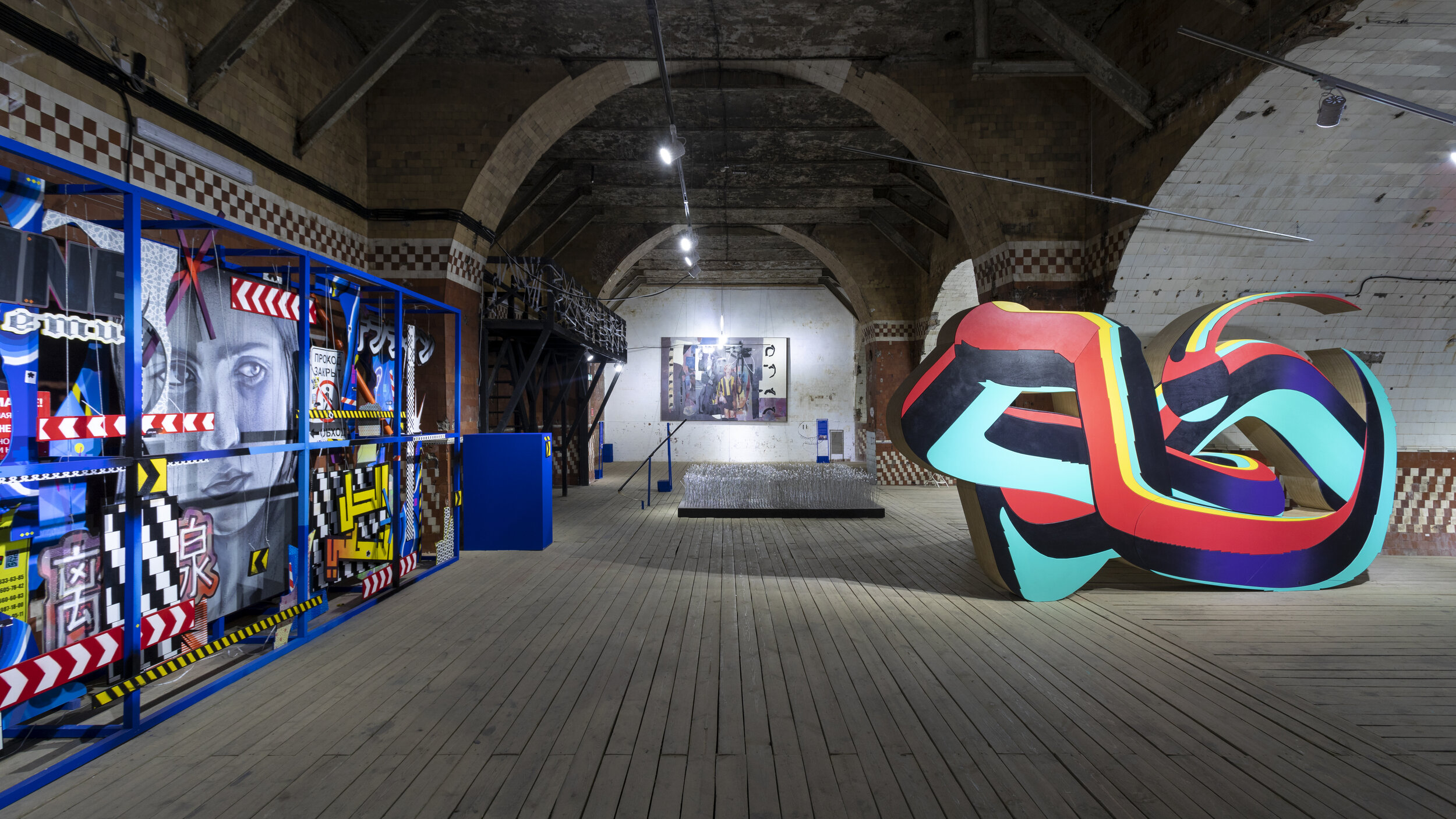
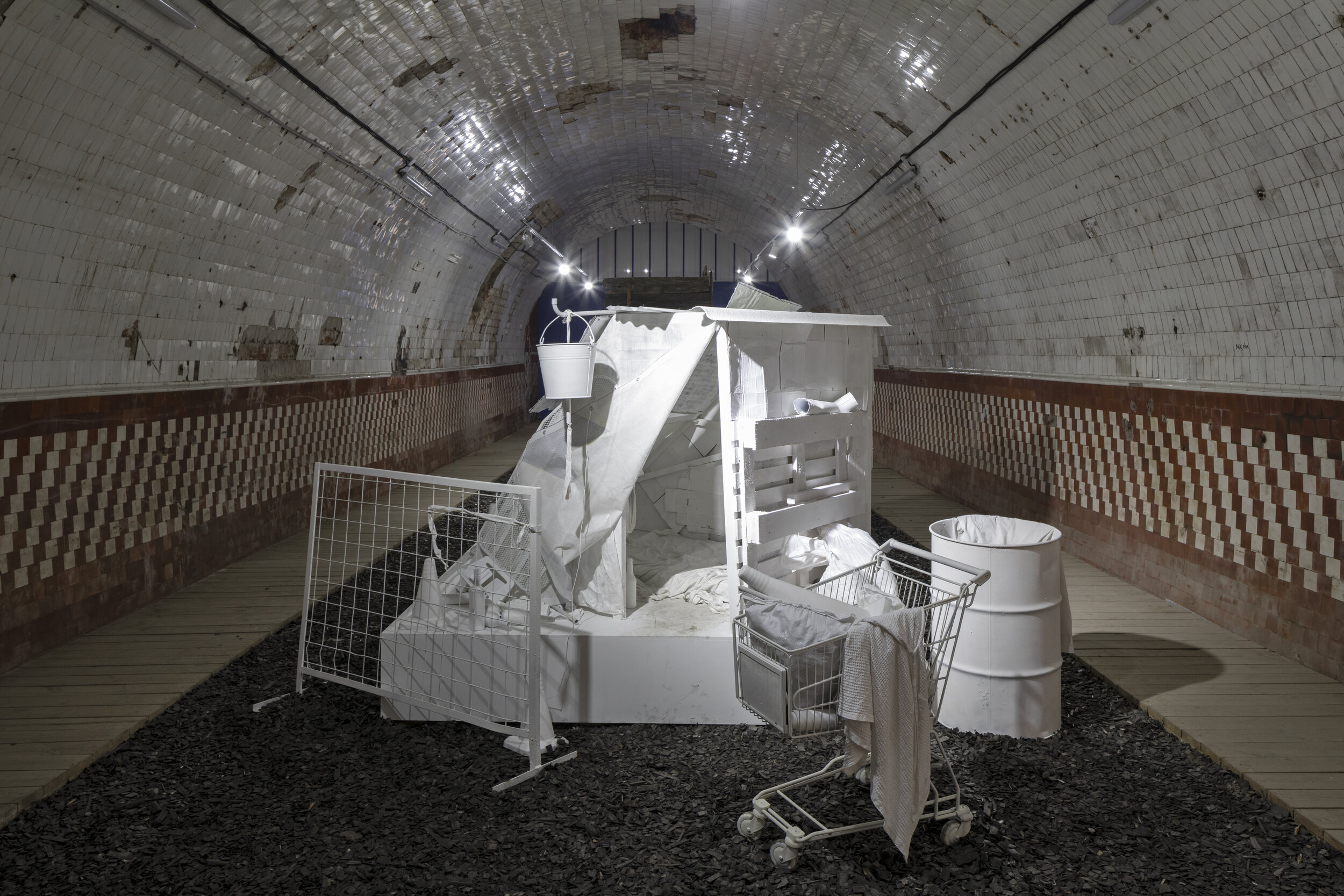
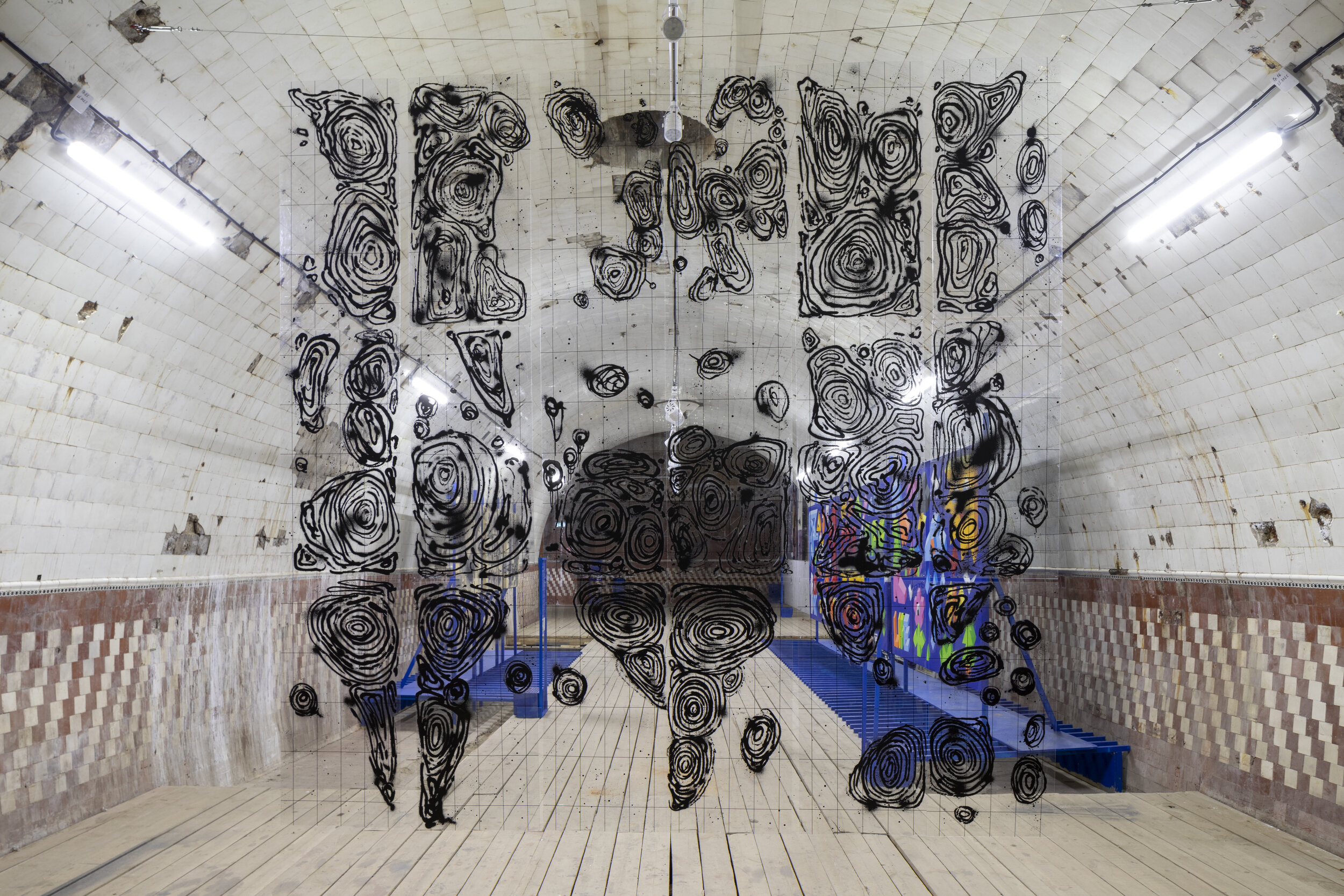
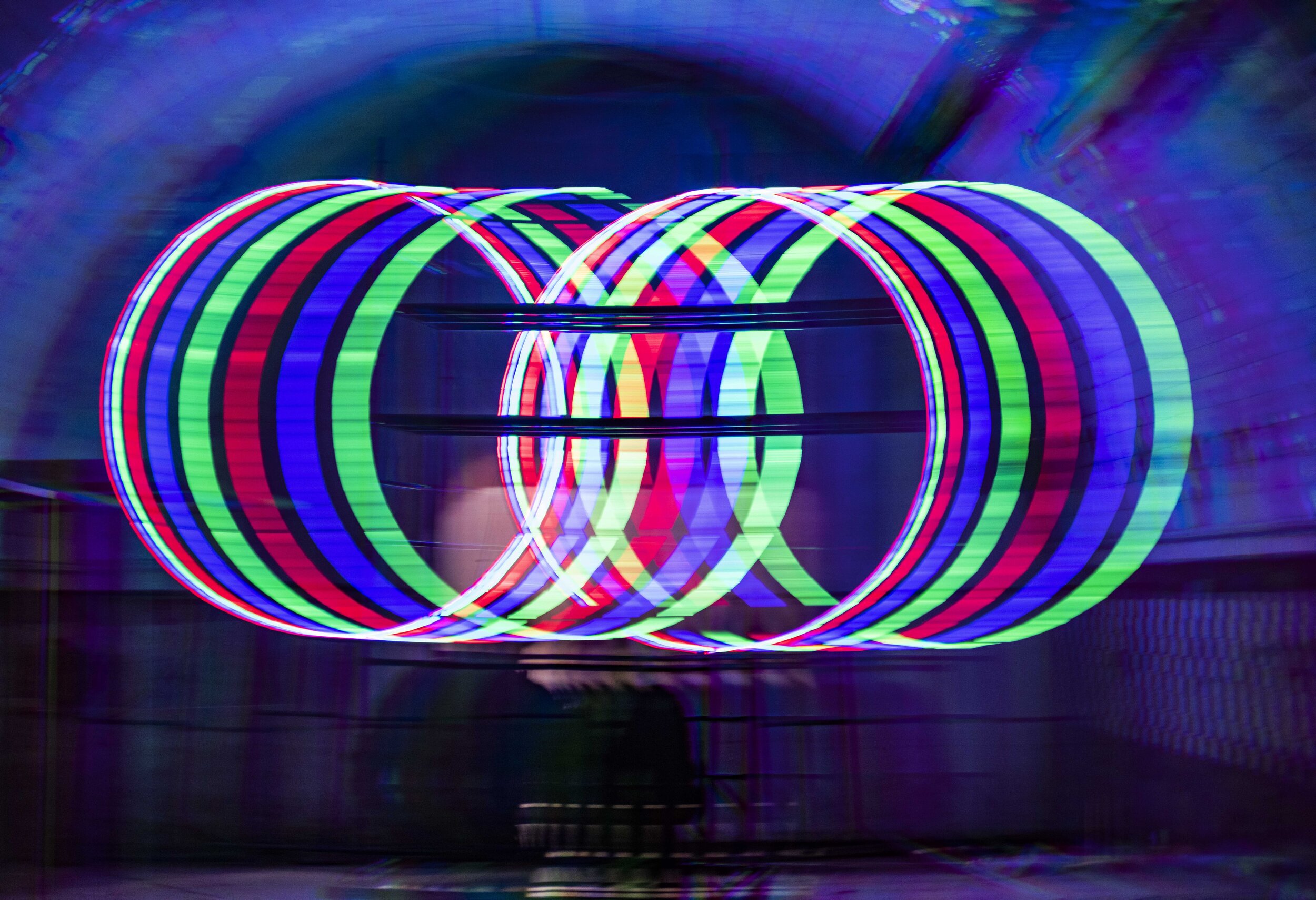


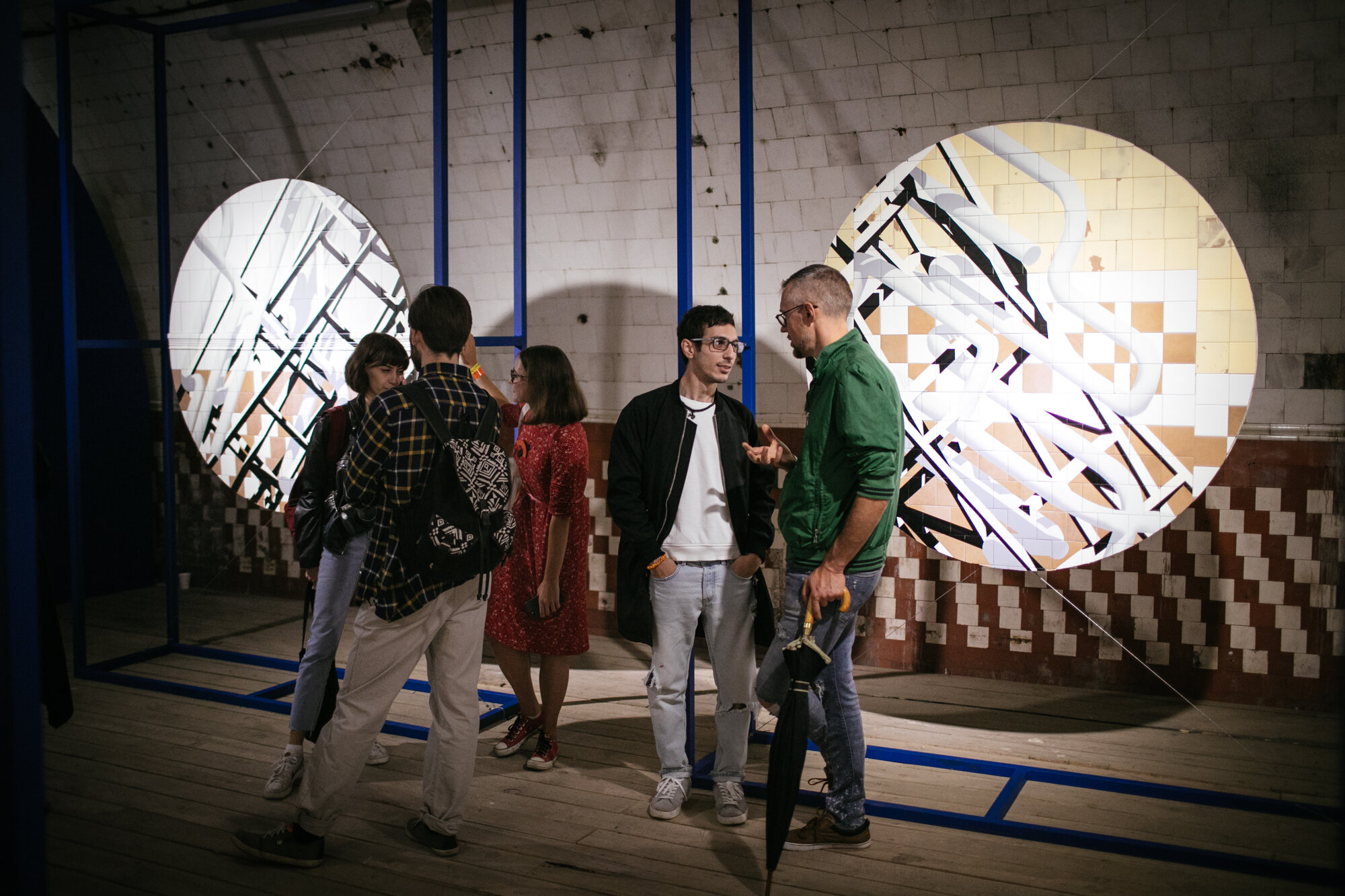
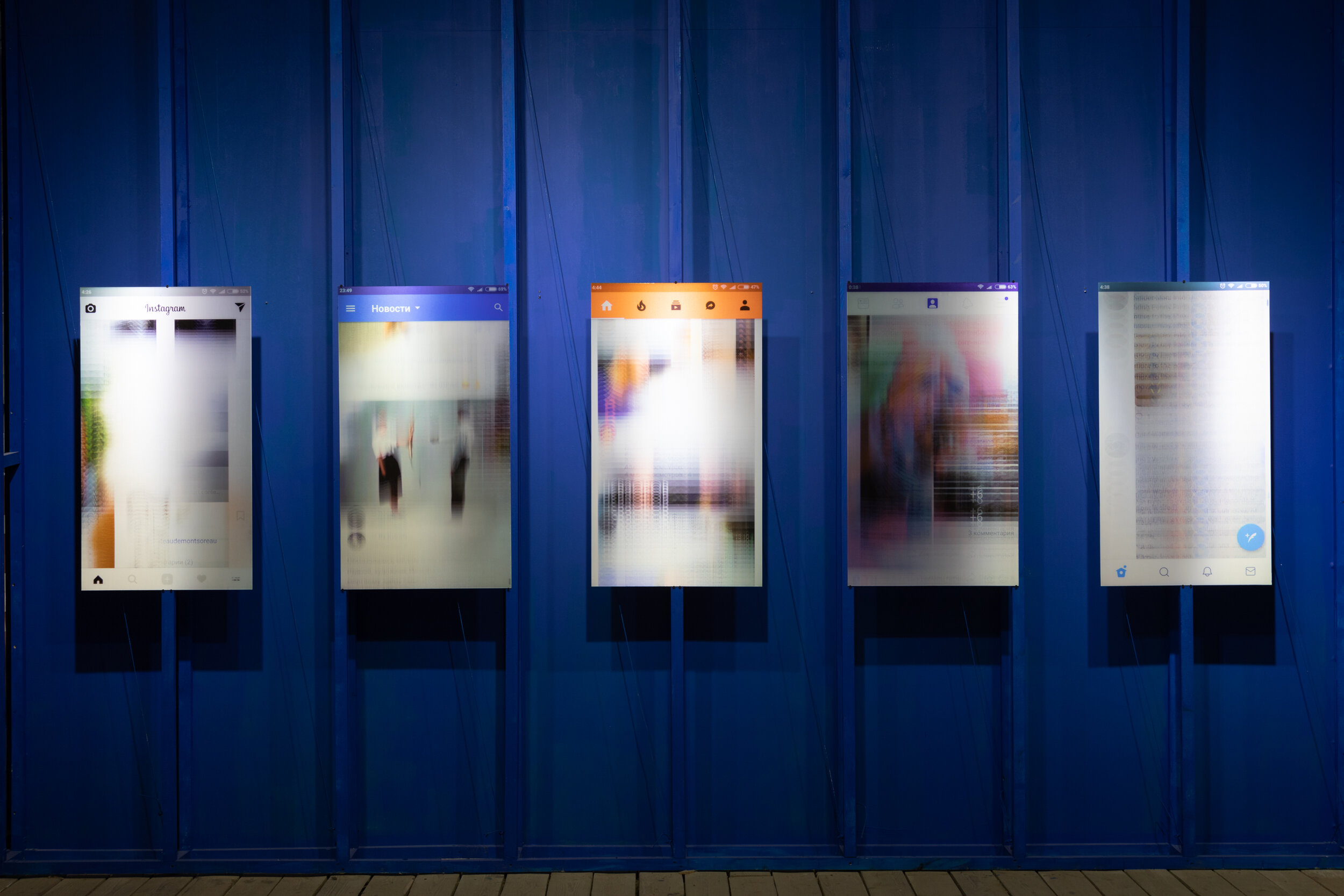
How and when did your collaboration with the Ruarts Foundation begin?
Artist Alexei Partola came to us with his book “Wall Elements”, which was about to be released. He asked us for help. We supported the project by covering a third of the budget and offered to make an exhibition at the Ruarts Foundation. This is how we met them. After Alexei’s exhibition, we came to them with the idea of an auction. Marianna Sardarova and Catherine Borisoff said yes and we held the first one in 2015.
We understood that, as nobody knew Street Art, we had to donate the benefits of the
We understood that, as nobody knew Street Art, we had to donate the benefits of the auction to a charity. So we created a grant for artists. We sold 60% of the works for up to 17,000 Euros. Since then, we do it together with Ruarts every year and the Foundation plans regular exhibitions of street artists.
Who are your partners for the future ?
This is our uniqueness : we are open to everyone. We are aware that this is a necessity, especially since we are still not quite a commercial organization. Everything we earn is spent on our activities.
The City of Moscow Department of Culture supported us for the Biennale first edition. We still do not understand how they trusted us, but we sincerely conveyed to them of the idea and the need to create a community. Now they moved to a new direction but their help was fantastic then. Fortunately, we have such partners as the Ruarts Foundation, who supports us and is interested in getting works in exchange for support. We are also developing a new partnership in Omsk with Roma Javner, a collector who set up a Street Art exhibition by himself there.
The next project is to open our own space, an apartment to exhibit young unknown street artists.
What responsibility do you feel towards the community?
Huge, of course. All our actions are dedicated to develop an expertise in Street Art. We recently released an Encyclopedia of Street Art. Studying and documenting are our primary responsibilities. We often have to explain that Street Art is not a trend. Actually, when we started working, Street Art was not fashionable at all. Today, we even give lectures to corporations on Street Art and how to properly collaborate with this phenomenon.
So our responsibility is to keep explaining and promoting this form of art, even if it sometimes means risking our own money or our apartments. We know we cannot stop doing it because if we give up - it will all disappear.
How do you see the future?
Sabina: We are studying how the Biennale could become nomadic, like Documenta. In order to make this happen, we need to understand how to stay out of political issues and to strengthen our financial supports : we are looking for strong means to show great Street Art to the wider audience possible.
10 000 sqm wall by Misha Most, the biggest street artwork ever.


